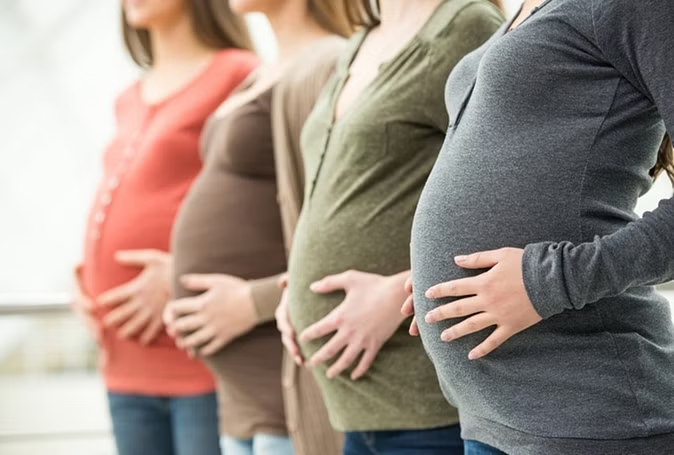In the last decade, problems related to reproduction have been seen increasing rapidly at the global level. Its risk has increased in India also. In a recent research published in The Lancet Journal, experts have expressed concern and alerted everyone regarding this. The report of the study states that the fertility rate in India has decreased significantly as compared to the year 1950, not only this, it is expected to decrease further in the next two decades. Scientists have considered many types of environmental factors along with disturbances in lifestyle and diet to be responsible for this.

According to this report of global research, the fertility rate in India was about 6.2 in 1950, which has come down to less than 2 in the year 2021. Scientists have expressed concern that as this decline continues, this rate is likely to further decrease to 1.29 by the year 2050 and to 1.04 by the year 2100. These numbers were found to be in line with global trends, where the total fertility rate (TFR) has fallen from more than 4.8 children per woman in 1950 to 2.2 children per woman in 2021.
Health experts say that many types of reproductive challenges are being seen around the world. If this is not improved, the risks are likely to increase further in the coming years.
What do the figures say?
Data shows that in the year 2021, 12.9 crore live children were born worldwide. This number was more than the approximately 9.3 crore children born in the year 1950, but it saw a huge decline compared to the 14.2 crore children born in the year 2016.
Global Burden of Disease (GBD) 2021 Fertility and Forecasting Collaborators researchers say even though much of the world continues to grapple with the challenges of low fertility, the risk has declined in many low-income countries during the 21st century.
The effect of adverse circumstances is being seen
Scientists said, there are many risk factors that are being seen to affect health and fertility. The biggest challenges are being seen due to worsening climate change and changes in food habits.
The study, conducted by the Institute for Health Metrics and Evaluation (IHME) and the University of Washington (UW), found that pregnancy is becoming more of a challenge, and negative conditions can also lead to increased risk of child mortality and developmental problems.
These challenges are still decades away for India, but we need to start acting now with a comprehensive vision for the future, says Poonam Muttreja, executive director of the Population Foundation of India (PFI).

What do gynecologists say?
In a conversation with Amar Ujala, Bhopal-based senior gynecologist Dr. Deepti Gupta says that the main reasons for the decreasing fertility rate in India are marriages taking place later than before and subsequent delays in planning children. Additional delays occurring could be the top reason. Where earlier 25-26 was considered the average age of pregnancy, that age has now increased to 32-34. With increasing age, the fertility rate is decreasing due to a decrease in the quality of eggs.
Apart from this, one of the reasons for the decreasing fertility rate is that people are producing fewer children than before.
Improvement can be achieved through some measures
Due to stress, disturbances in eating habits and lifestyle, the fertility of men has decreased, which has also resulted in this rate. However, these figures should not be seen only as a problem. Compared to the 1950s, fewer unplanned children are being born now, which naturally has an impact on the fertility rate. Certainly, low fertility is a problem, however, this rate can also be improved by improving lifestyle and diet.
(PC: ISTOCK)










